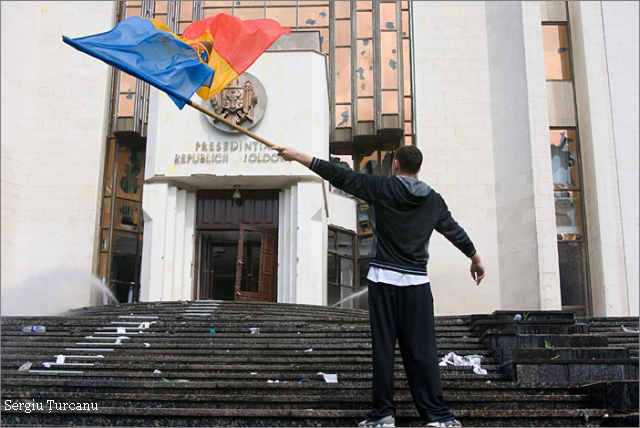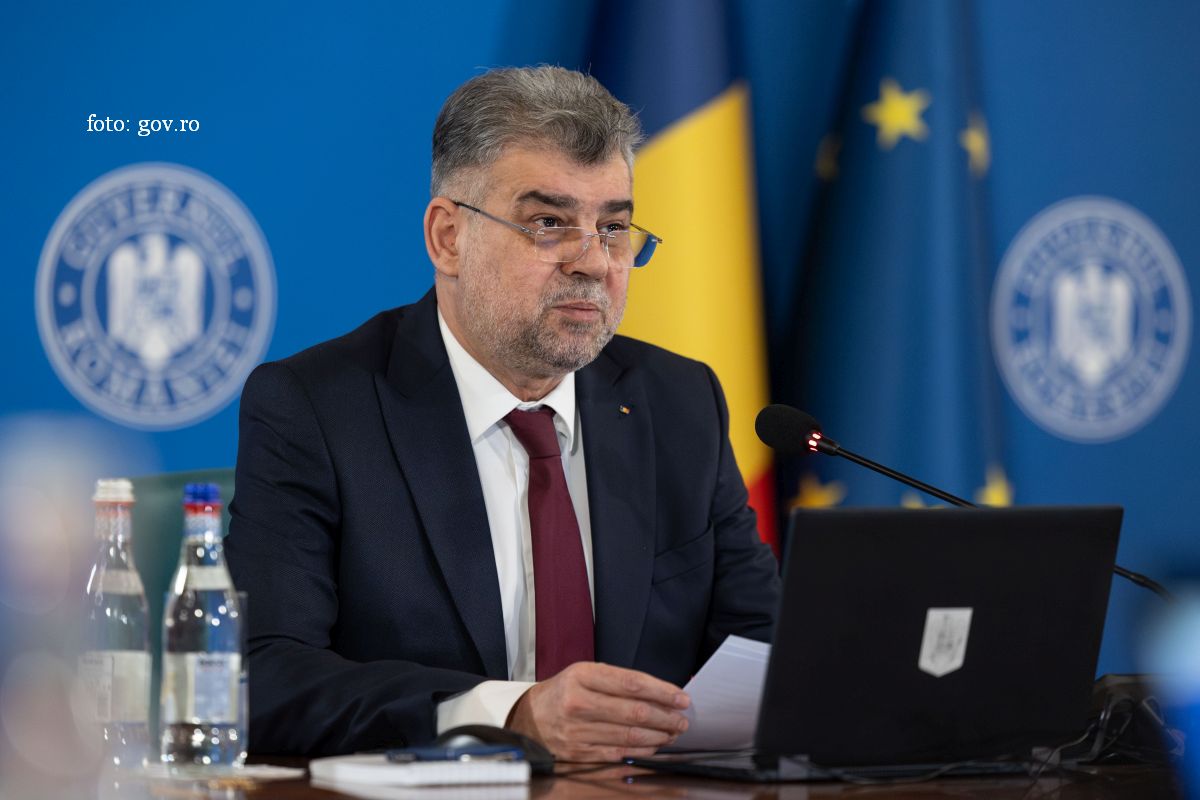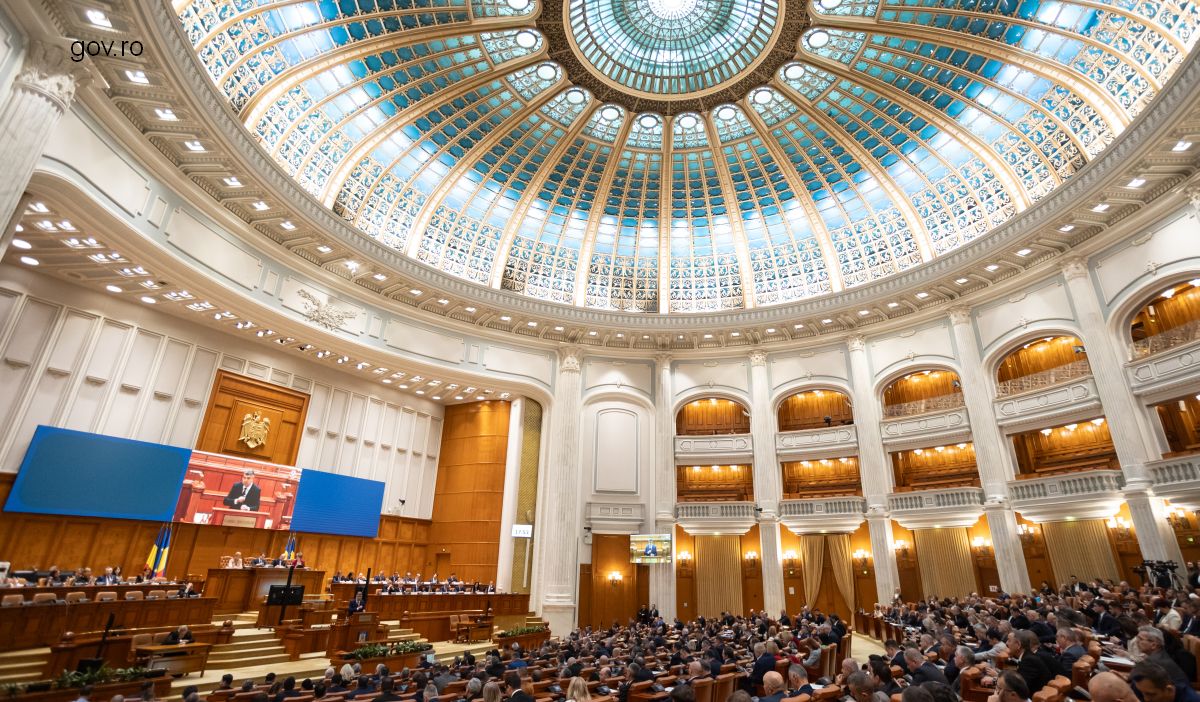Six Years Since the Protests in Chisinau
Its been 6 years since the “Twitter Revolution in the Republic of Moldova, which repositioned that former Soviet republic with a majority Romanian-speaking population on a pro-European path.

Valentin Țigău, 07.04.2015, 15:31
It’s been six years since the rallies in the Republic of Moldova, attended by tens of thousands of people, most of them young, unsatisfied with how the parliamentary elections on April the 5th had been staged and unhappy with their living standards, one of the lowest in Europe. The elections had been won by the then ruling Communist Party, but protesters claimed the ballot had been rigged.
On April 6th and 7th, 2009, violent protests took place in Chisinau, followed by attacks on the Parliament building and presidential headquarters, which were ransacked and set on fire. At least one protester was killed and several hundreds were arrested. Moldova’s then president, Vladimir Voronin, accused Romania of having masterminded the riots and declared the then Romanian ambassador to Moldova persona non grata. Also, entry visas for the Romanian citizens were reintroduced. The Romanian Foreign Ministry firmly dismissed the accusations. Following the protests, the opposition blocked the election of the country’s president, which sparked off early elections and the coming to power of the pro-European parties. Those parties formed a coalition called The Alliance for the European Integration that held 53 out of the 101 seats in Parliament. Subsequently the Alliance broke off, as its members failed to agree on issues such as Moldova’s changing its neutral military status, the country’s unification with Romania and the distribution of leading positions. It was only in March 2012 that a president was elected, in the person of magistrate Nicolae Timofti.
Moldova’s latest government was formed after the elections of November 30, 2014 and was invested by Parliament in January 2015, with the help of the Communists’ votes. The riots of April 7th were also called the “Twitter Revolution” as, after the first revolution ever broadcast live on TV — the Romanian Revolution of December 1989 — the protests in Chisinau were transmitted live, online, directly from the capital city.
Pundits say that was the first time when the social networks proved their effectiveness in mobilizing the crowds. After April 7th, 2009, the situation repeated itself, this time on another continent, in countries like Tunisia and Egypt, where protests were staged with the help of social platforms like Facebook and Twitter, which helped people tell the world what was happening in their countries. Nowadays, calls for revolution in Syria and Yemen are posted on the social networks, which were officially banned in other countries.






























